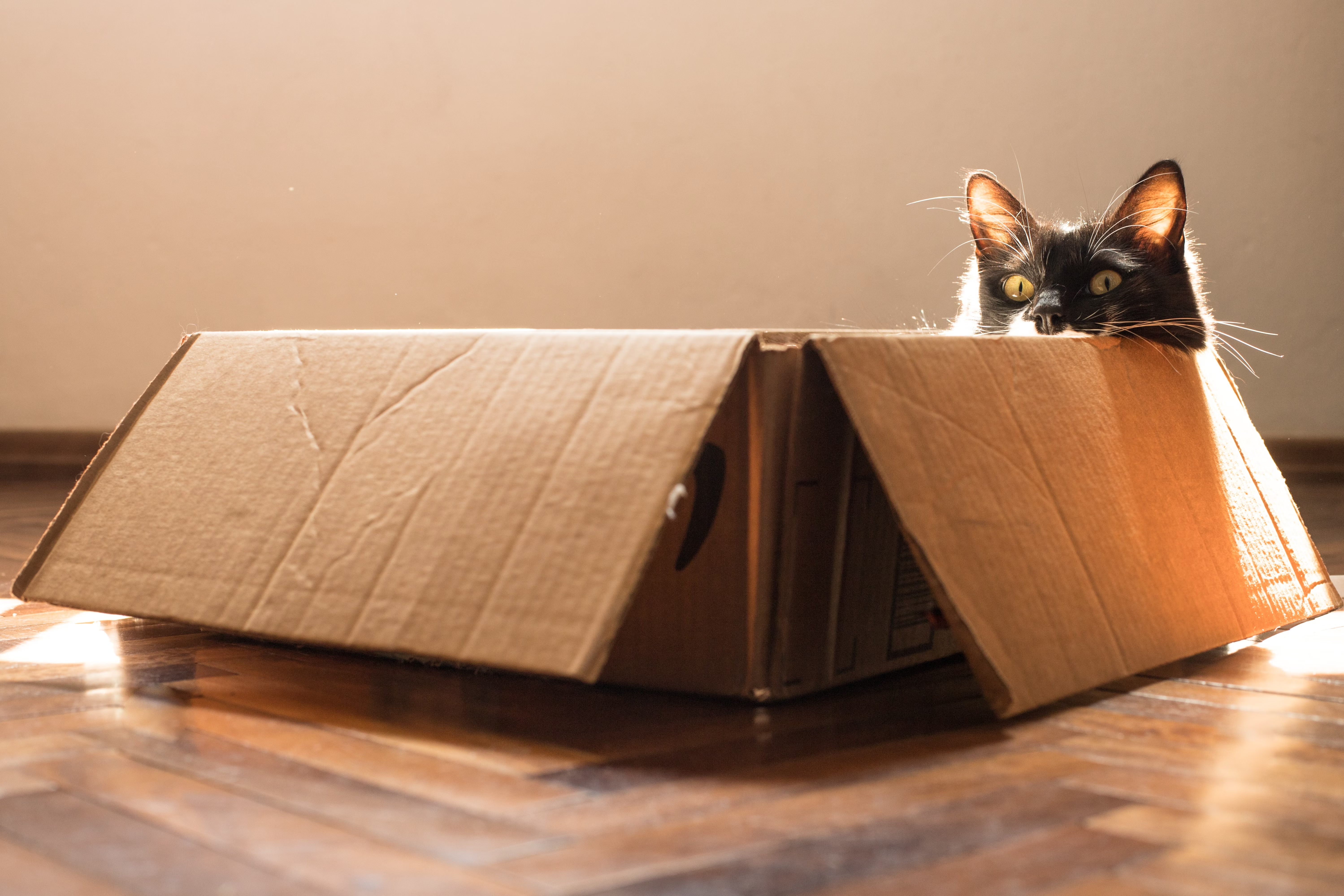To say that cats have a certain mystique is an understatement. They can be social or independent, mischievous or stoic, rambunctious or subdued. Though their personalities vary, they never fail to surprise and delight their human companions with their silly antics. Let’s look at some common cat behaviors that people find both odd and entertaining.
Zoomies.
If your cat suddenly takes off running around the house at high speed, they have a case of the zoomies. Outdoor cats that are on their own use a lot of their energy hunting. But indoor cats that live a life of leisure need an outlet. Zoomies are their way of releasing pent-up energy and are common in cats of all ages. This is usually normal behavior and nothing to be concerned about. However, if these outbursts are accompanied by any signs of discomfort or distress (e.g. hissing, crying, biting at parts of their body) it calls for a trip to the veterinarian for a check-up.
Bringing "gifts."
While a dead bird left at the foot of your bed might not seem like a gift to you, for many cats, sharing is caring. They may bring their prey to you like a mother cat would bring it to her kittens. Or, they may be stashing their kill in a favorite place so they can return to it later. And to be clear, this behavior is not reserved for outdoor cats. Indoor cats that have “hunted” such treasures as holiday ornaments or socks are just as likely to leave them as gifts. It’s a way for them to act as providers and to show their affection and gratitude.
Chattering at prey.
Chattering is one of several ways cats communicate. It includes the rapid opening and closing of the mouth (similar to how a person’s teeth chatter when they are cold) accompanied by a fast chirping or twittering sound. The reason for these specific sounds and movements isn’t entirely known, though some believe the rapid jaw movement may be an involuntary predatory mechanism and the sound a form of mimicry meant to attract birds.
When you see or hear your cat chattering while looking at a bird, squirrel, laser light, or other out-of-reach object of their desire, they are expressing dual emotions: excitement at having spotted potential prey, and frustration at the barrier between them and their desired target.

Perching in high places.
Cats are fans of a bird’s eye view. Being up high offers them protection from predators. Plus, it gives them a good vantage point to survey the surrounding area and identify potential prey. However, not all cats are fans of high places. Some breeds, like Persians, prefer being closer to the ground.
Sitting in boxes.
For many cats, the best part of a gift is the box it came in. Boxes are naturally appealing to cats for several reasons. First, small, tight spaces protect from predators in the wild and give cats a safe place to rest. They also serve as perfect hiding places while hunting, giving cats the element of surprise when unsuspecting prey (or their human) walk by. And since cats in general react to stressful situations by hiding, boxes make the perfect hidey-hole for them to run to when they want to feel secure. Last but not least, small, confined spaces appeal to cats’ natural desire for warmth.
Head-butting.
For cats, bumping their head against something is a sign of love. And possession. When cats rub their faces against you (an action called "bunting"), they leave behind their scent to let others know that you belong to them. It’s one of the many ways they show affection.

Drinking from faucets.
If your cat tries to drink out of the faucet every time you brush your teeth, they may be taking a page from their ancestors’ playbook. In the wild, standing water poses a greater risk for contamination, so cats instinctively deem moving water safer. If your cat enjoys running water, consider replacing their regular water bowl with a water fountain made just for cats.
Making biscuits.
No, not the buttermilk variety. "Making biscuits," also known as kneading, is believed to be a behavior related to nursing. Young kittens knead their mother’s stomach to encourage the release of milk. When a cat kneads their human, it’s a sign that they feel happy and content—just like they felt when they were with their mama.
When it’s time to see a veterinarian.
Many of the strange behaviors we know and love in cats are perfectly normal. However, it’s important to keep a close eye on your cat and note any changes in their routine that might indicate an underlying health issue. Signs to look for include a change in appetite, sudden weight loss or gain, excessive grooming, and changes to litter box habits. You should also pay attention to changes in their personality. These might include becoming more withdrawn, less tolerant, or hiding more than usual. If your cat is displaying any of these signs, it is important to schedule an appointment with a veterinarian as soon as possible.











